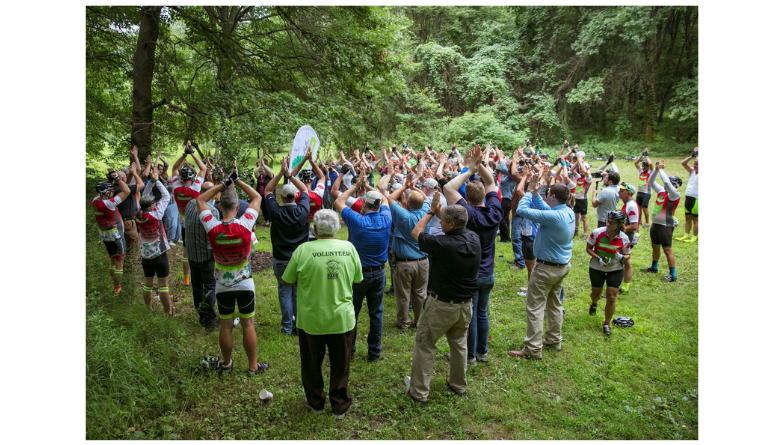Leading Thoughts (September 2019): Community
If you were to create a word cloud of every document, article, letter, and email I’ve written during my four-plus years as President and CEO of TREE Fund, I suspect that after the obvious mission-related words — tree, forest, research, endowment, education, arborist, etc. — the word that would show up most frequently would be “community.” I use it all the time, referring to the Tour des Trees as our primary community engagement event, discussing how our work helps the global tree care community, noting that our work focuses on the importance of urban and community forests by promoting research designed to benefit whole communities of trees and related organisms (including humans), rather than individual specimens or species.
If you ran that same word cloud for the four years before I arrived at TREE Fund, I suspect you would not see “community” ranked so highly in our communications. We used to refer to the Tour des Trees as our primary fundraising event, and we discussed how our work benefited the tree care industry, and how our efforts advanced arboriculture, with much of our research focused on individual plant response, rather than forests as a whole. This change in language was not necessarily an organizational shift driven by some strategic planning decision, nor was it a modification to what we do and how we do it directed by our Board or emergent outside forces. It was frankly just me shaping the narrative about the organization I lead, and I how I want it to be perceived.
Calling the Tour des Trees just a “fundraising event,” for example, misses the critical component of how we interact with people as we roll on our way throughout the week, providing education and outreach to help people understand our work and how it benefits them. Saying that we work only for the “tree care industry” seems somehow antiseptic to me, implying that the businesses are more important than the community of people they employ, who collectively engage in the hands-on work of caring for trees. “Urban and community forests” is a helpful rubric in expressing the full scope of our focus, evoking and including big city park spaces, street trees, yard trees and trees along utility rights of way in suburbs, exurbs, and rural spaces. And thinking more about communities of trees, rather than individual plants, helps us better understand and communicate the exciting, emergent science exploring the ways that trees have evolved as communal organisms, and not just as disconnected individuals.
I think my focus on the word “community” is indicative of its deep importance to me, personally and professionally. My desire over the past four years, and hopefully into the future, is that TREE Fund acts and is perceived as part of something bigger and more connected than our relatively small physical, financial and personnel structure might otherwise dictate. I have been awed, truly, by the immense generosity, enthusiasm, wisdom and diligence of the global tree care community, and it has been an honor for me to be a small member of that great collective body, which works wonders, and makes a difference.
Click here for the complete, September 2019 issue of TREE Press.

